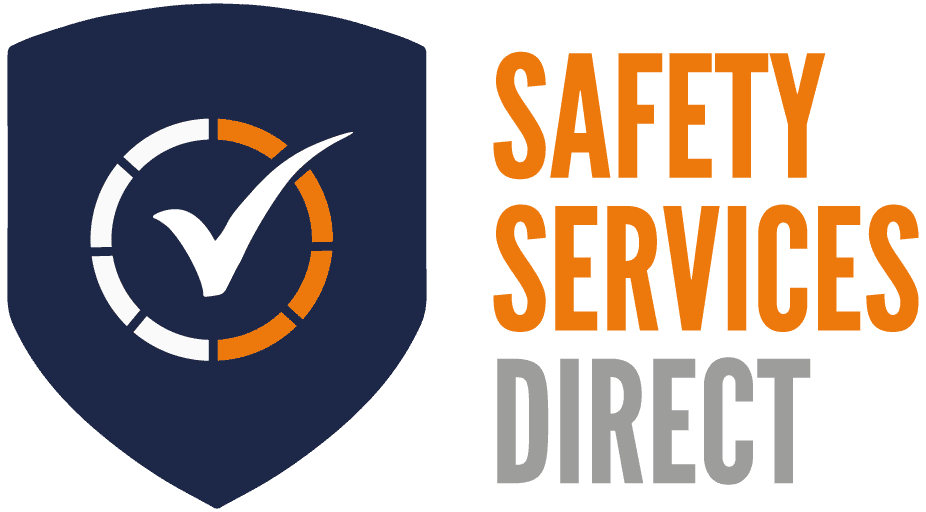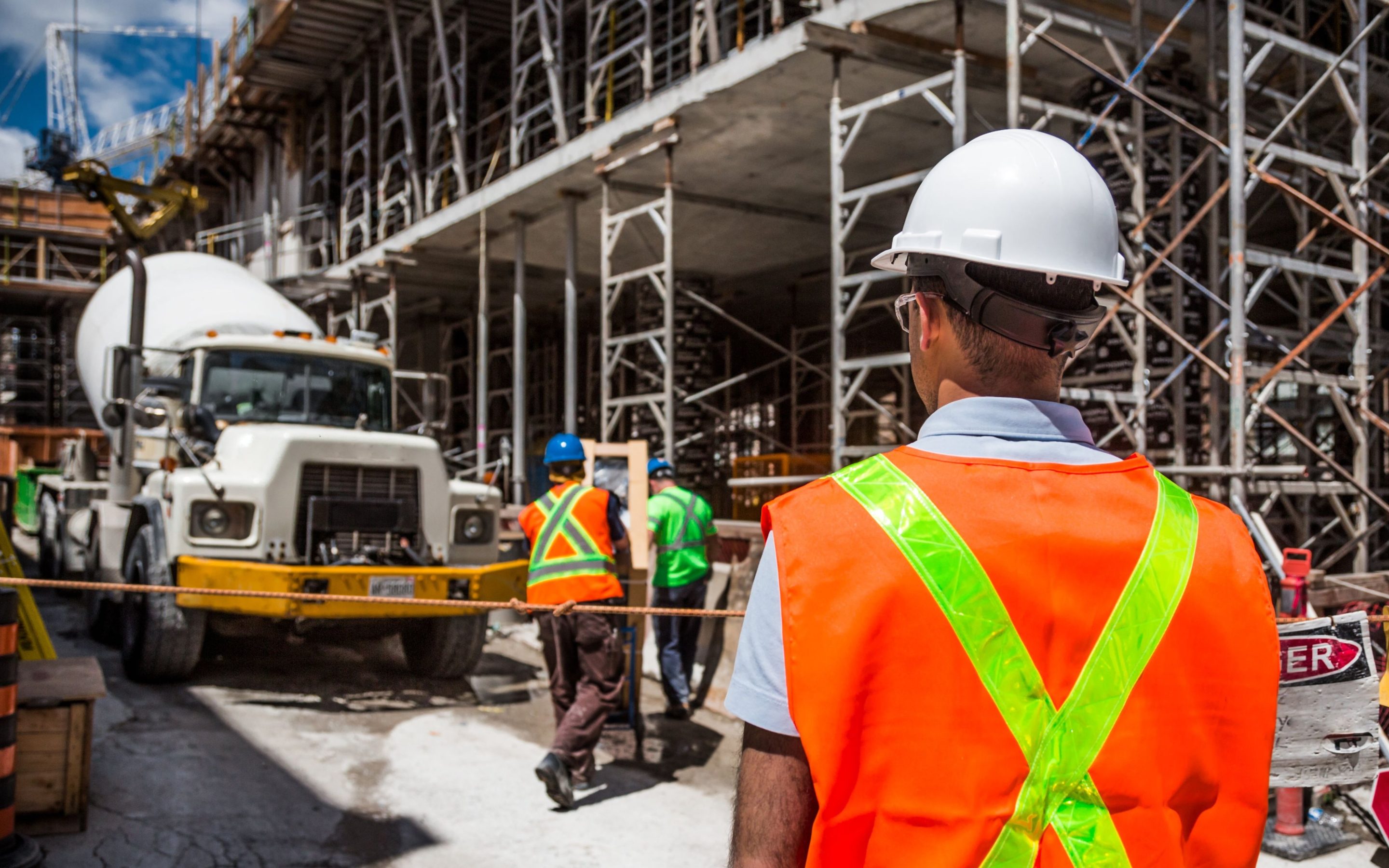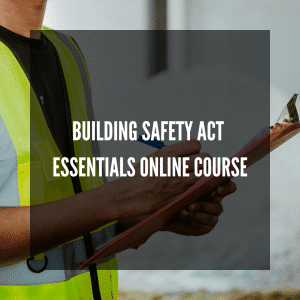Workplace safety is a non-negotiable priority for businesses of all sizes and industries, as neglecting safety hazards can lead to accidents, injuries, legal issues, financial losses, a ruined business reputation and more.
In this article, Safety Services Direct explores the top 10 workplace safety hazards and how our Safety Advisory Service (SAS) can help your organisation identify and mitigate these risks effectively.
10 Top Workplace Hazards and Safety Risks
In order to identify workplace hazards, it’s useful to know what you’re looking for. So, here are the top workplace health and safety risks that our many years of experience have identified as the most common across all industries.
Note: The top workplace hazards differ from industry to industry, but these are the most common.
1) Slips, Trips, and Falls
The Hazard: Slips, trips, and falls are among the most common workplace accidents, resulting in injuries ranging from minor bruises to severe fractures.
How SAS Can Help: SAS conducts comprehensive safety assessments to identify slip, trip, and fall hazards. Our experts recommend implementing non-slip flooring, safety signage, and employee training to prevent such accidents.
2) Hazardous Materials Handling
The Hazard: Mishandling hazardous materials can lead to chemical exposure, fires, and environmental contamination.
How SAS Can Help: SAS provides guidance on the proper storage, handling, and disposal of hazardous substances. Safety Services Direct assists businesses in ensuring compliance with safety regulations and implementing safety protocols.
3) Electrical Hazards
The Hazard: Electrical hazards pose a significant risk in various workplaces, potentially leading to electrocution, fires, and equipment damage.
How SAS Can Help: SAS offers electrical safety assessments to identify and rectify electrical hazards, and we can provide guidance on safe wiring, equipment maintenance, and electrical safety practices.
4) Fire and Explosion Risks
The Hazard: Fires and explosions can result from various factors, including faulty wiring, flammable materials, and inadequate fire prevention measures.
How SAS Can Help: SAS assists businesses in developing fire safety plans, conducting fire risk assessments, and implementing fire prevention measures such as fire extinguisher placement and emergency exit protocols. We also offer fire safety training to equip your employees to deal with a fire emergency situation.
5) Machinery and Equipment Hazards
The Hazard: Improper use of machinery and equipment can lead to injuries, amputations, and fatalities. This is a major safety hazard that can result in serious injuries.
How SAS Can Help: SAS conducts machinery safety assessments, helping businesses identify potential risks and recommending safeguarding measures, such as machine guarding and lockout/tagout procedures. At SSD, we also offer abrasive wheel training to mitigate the risk of injury.
6) Chemical Exposure
The Hazard: Chemical exposure can result in health problems, including respiratory issues, skin conditions, and long-term illnesses.
How SAS Can Help: SAS specialises in chemical risk assessments, ensuring businesses safely store, handle, and dispose of chemical hazards. We provide guidance on proper ventilation and personal protective equipment (PPE).
7) Ergonomic Hazards
The Hazard: Poor ergonomics can lead to musculoskeletal disorders, causing chronic pain and reduced productivity. These physical hazards include bad chairs, awkward or static postures, high forces, repetitive motion, or short intervals between activities.
How SAS Can Help: SAS assesses ergonomic risks in the workplace, recommending ergonomic furniture and workstations to reduce strain and improve employee well-being. While this may not seem like a crucial hazard to many, handling it well can help create a positive safety culture that is focused on the health and well-being of employees.
8) Noise Pollution
The Hazard: Prolonged exposure to high noise levels can result in hearing loss and other health issues.
How SAS Can Help: SAS conducts noise level assessments and offers strategies for noise control, hearing protection, and employee training on noise-related risks. A risk assessment for noise will flag noise sources and consider whether the noise is intrusive, identify who may be affected, and estimate the extent of employee exposure. Businesses can then invest in hearing protection for those who need it.
9) Confined Spaces
The Hazard: Working in confined spaces can be life-threatening due to limited access, poor ventilation, and potential hazards.
How SAS Can Help: SAS assesses confined spaces, develops safety protocols, and provides health and safety training to ensure employees can work safely in such environments.
10) Workplace Violence
The Hazard: Workplace violence, including physical altercations and threats, jeopardises employee safety and well-being. Beyond potentially causing workplace injuries, violence in the workplace can quickly create a negative culture and a toxic environment.
How SAS Can Help: SAS collaborates with businesses to create workplace violence prevention programs, establish safety measures, and provide training to mitigate the risk of violence.
Ready to Make Your Workplace Safe?
Safety hazards in the workplace are not to be underestimated. The consequences of inaction can be severe, affecting employees, productivity, and the bottom line. At Safety Services Direct, we understand the importance of a safe work environment, and our expert team is committed to helping businesses like yours address and mitigate these top 10 workplace safety hazards.
Don’t wait until an accident happens—take proactive steps to safeguard your workplace. Contact us today to schedule safety assessments, develop safety plans, and enhance your safety culture.









